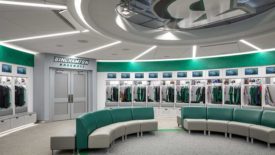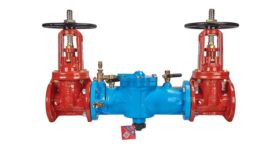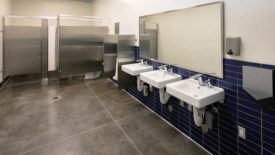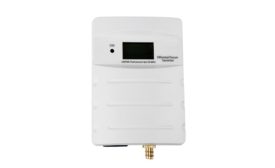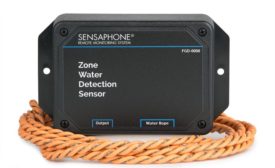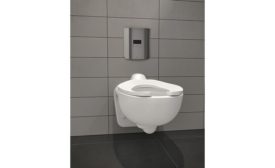Home » Keywords: » sensors
Items Tagged with 'sensors'
ARTICLES
Sloan products simplify maintenance for facility staff.
Read More
New Products | AHR Expo Preview
Watts Water Technologies announces backflow preventer with flood sensor
January 18, 2024
Upgrading old school restrooms
Elementary and secondary schools have opportunity to utilize funding in support of restroom upgrades.
October 18, 2023
Case Study
How The Philadelphia Eagles Keep Their Faucet Line-Up In The Game
New washroom and locker room fixtures help facility maintenance manage water usage.
September 25, 2023
John Siegenthaler: Sensor placement is critical to designing successful hydronic systems
Sensible details
July 1, 2022
Get our new eMagazine delivered to your inbox every month.
Stay in the know on the latest plumbing, piping, hydronic and fire protection trends.
SUBSCRIBE TODAYCopyright ©2024. All Rights Reserved BNP Media.
Design, CMS, Hosting & Web Development :: ePublishing
